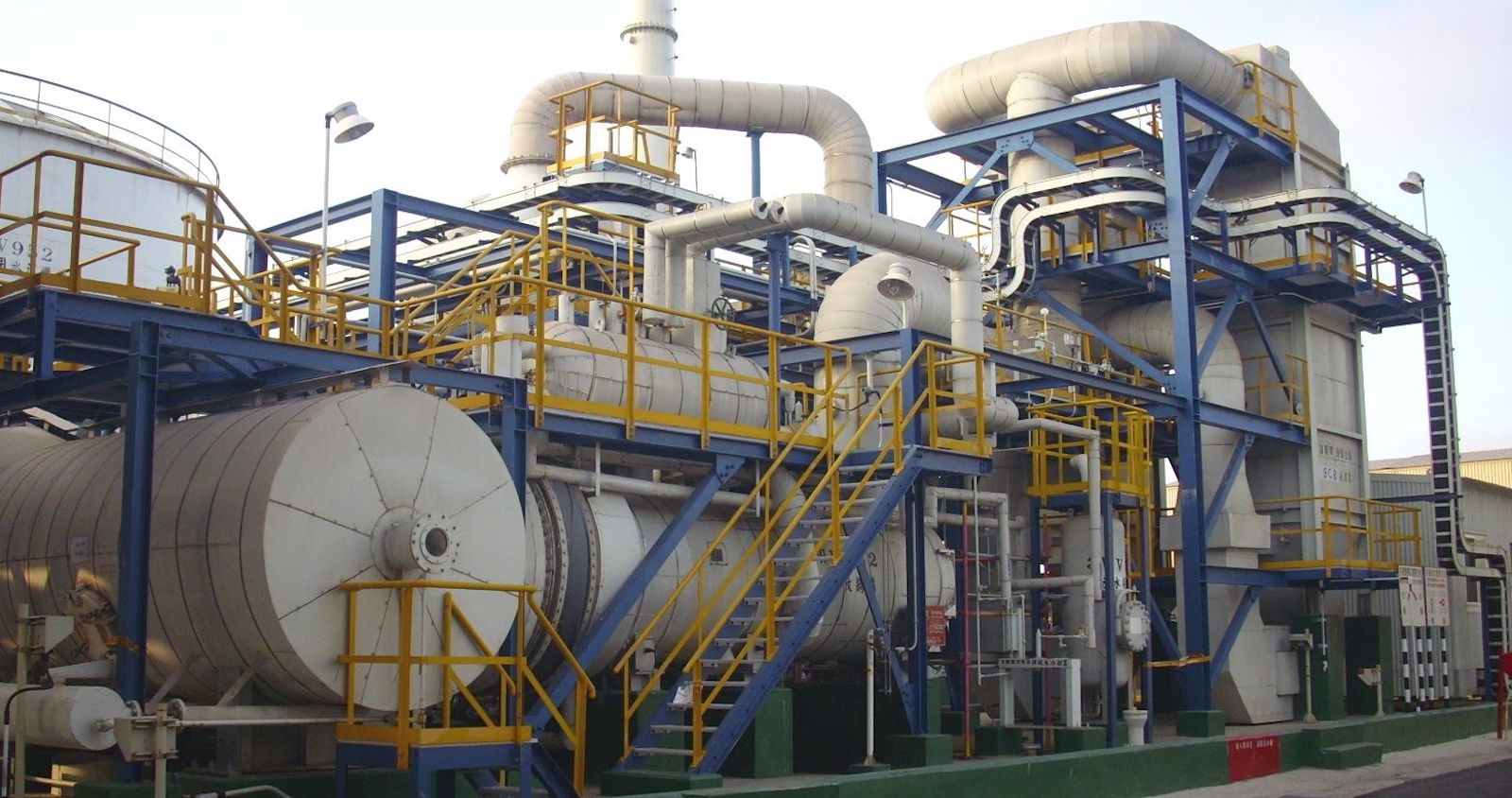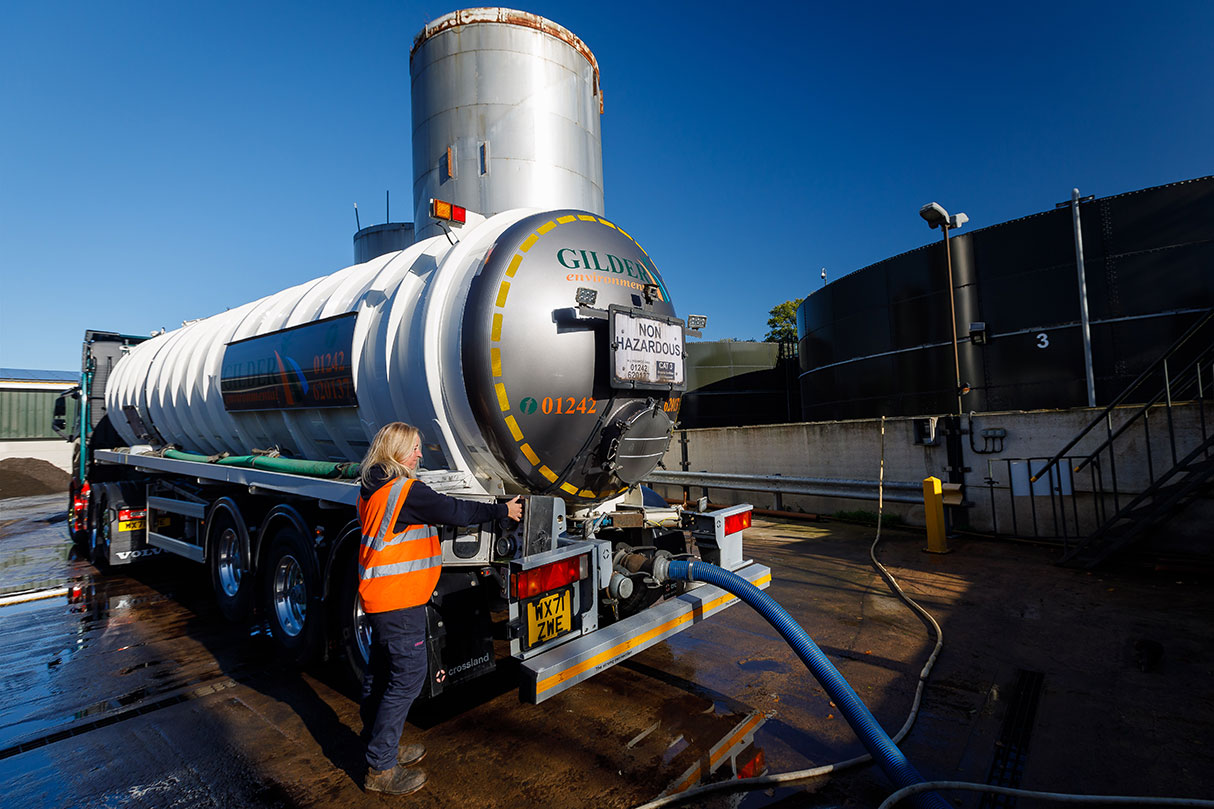Top Liquid Waste Disposal Melbourne: Trusted Providers for Proper Waste Monitoring
Top Liquid Waste Disposal Melbourne: Trusted Providers for Proper Waste Monitoring
Blog Article
How Fluid Waste Disposal Functions: An In-depth Introduction of Techniques and Technologies Employed

Overview of Liquid Waste Types
The complexity of liquid waste kinds requires a comprehensive understanding of their attributes and effects for disposal. Fluid waste can broadly be categorized into several kinds, including commercial, local, agricultural, and dangerous waste. Each classification displays unique residential properties, needing certain monitoring techniques to mitigate environmental and health risks.
Industrial liquid waste stems from manufacturing processes and frequently contains a variety of contaminants, such as hefty metals, solvents, and organic compounds. Metropolitan liquid waste, mainly making up wastewater from families and business facilities, consists of raw material, nutrients, and pathogens (industrial wastewater treatment). Agricultural liquid waste, consisting of overflow from farms, might include fertilizers, chemicals, and animal waste, posing dangers to water quality and environments
Harmful liquid waste is defined by its poisoning, reactivity, or prospective to create harm. This group includes compounds like acids, bases, and specific chemicals that demand strict handling and disposal procedures. Comprehending these diverse liquid waste types is vital for developing reliable disposal techniques and ensuring conformity with environmental guidelines. Correct category and characterization are crucial for applying proper therapy methods and lessening the negative effects on public health and the environment.
Physical Treatment Methods

Screening is the initial step, where bigger particles and particles are eliminated from the fluid waste making use of screens or grates. This procedure safeguards downstream equipment from damages and guarantees smoother procedure. Complying with testing, sedimentation makes use of gravitational pressure to different solids from fluids. In sedimentation storage tanks, larger bits work out near the bottom, forming a sludge layer, while the cleared up fluid can be additional dealt with.
Purification is an additional crucial approach that entails passing the fluid with porous materials, such as sand or membranes, to capture smaller sized bits. This action enhances the high quality of the liquid, making it appropriate for subsequent therapy processes.

Chemical Therapy Strategies
Chemical therapy methods are essential for properly handling fluid waste, especially in dealing with liquified and colloidal impurities that physical approaches may not adequately eliminate. These strategies make use of various chemical agents to reduce the effects of, speed up, or transform unsafe substances into less harmful kinds.
One usual approach is coagulation and flocculation, where chemicals such as alum or ferric chloride are added to advertise the aggregation of put on hold bits. This process enhances sedimentation, permitting simpler elimination of the resulting sludge. In addition, oxidation processes, utilizing agents like chlorine or ozone, are utilized to break down complicated organic compounds and microorganisms, rendering the waste more secure for discharge or further treatment.
Neutralization is an additional vital technique, which adjusts the pH of acidic or alkaline waste streams to neutral degrees, preventing prospective damage to downstream systems and the atmosphere. Furthermore, advanced oxidation procedures (AOPs) use combinations of oxidants and ultraviolet light to weaken consistent contaminants, achieving a greater degree of treatment effectiveness.
Biological Treatment Processes
Biological therapy processes play an essential role in the management of fluid waste by utilizing bacteria to decay natural matter and minimize pollutant levels. These processes can be generally categorized into cardiovascular and anaerobic therapies, each using certain microbial neighborhoods to accomplish efficient waste destruction.
Aerobic treatment includes using oxygen to facilitate the breakdown of organic products by microorganisms. This procedure is commonly implemented in my review here activated sludge systems, where aeration storage tanks supply a helpful setting for microbial growth, bring about the oxidation of natural contaminants. The resultant biomass can be divided from dealt with effluent with sedimentation.
In contrast, anaerobic therapy takes place in the absence of oxygen, depending on various bacteria to damage down organic matter. This technique is specifically helpful for high-strength waste, as it generates biogas, an eco-friendly energy resource, while minimizing sludge production. Technologies such as anaerobic digesters are regularly utilized in industrial and community applications.
Both cardiovascular and anaerobic biological therapies not only decrease the ecological effect of fluid waste yet also facilitate resource healing, making them important parts of lasting waste management methods. Their effectiveness, efficiency, and flexibility sustain their prevalent execution across various sectors.
Emerging Technologies in Disposal
Cutting-edge methods to liquid waste disposal are rapidly evolving, driven by innovations in technology and a raising emphasis on sustainability. Among these emerging modern technologies, membrane layer bioreactors (MBRs) have actually gained grip for their ability to integrate organic treatment with membrane filtering, resulting in high-quality effluent that can be recycled in different applications. MBRs make it possible for smaller impacts and extra effective procedures contrasted to typical systems.
One more encouraging advancement is making use of anaerobic food digestion incorporated with nutrient healing innovations, which not just treats liquid waste yet also creates click for more info biogas and recoups beneficial nutrients like nitrogen and phosphorus. This twin benefit improves resource efficiency and decreases ecological effect.
In addition, progressed oxidation procedures (AOPs) are being embraced for the deterioration of complex natural pollutants. These approaches make use of powerful oxidants and stimulants to damage down pollutants at the molecular level, providing a highly effective remedy for challenging waste streams.
Furthermore, the assimilation of expert system and artificial intelligence in waste monitoring systems is optimizing operational performance and anticipating upkeep, causing decreased expenses and improved ecological conformity. These innovations show a considerable shift towards even more sustainable and effective liquid garbage disposal practices.
Conclusion
In conclusion, effective liquid waste disposal necessitates an extensive understanding of numerous strategies and modern technologies. By constantly advancing these approaches, it ends redirected here up being feasible to deal with the growing difficulties linked with liquid waste, eventually contributing to environmental security and source recovery.
Fluid waste disposal is a vital element of ecological administration, calling for a detailed understanding of numerous techniques and innovations customized to different waste kinds. Fluid waste can generally be categorized right into numerous kinds, consisting of industrial, municipal, agricultural, and harmful waste. Agricultural liquid waste, including runoff from farms, might consist of plant foods, chemicals, and pet waste, presenting dangers to water quality and communities.
Different physical therapy approaches play a vital role in handling liquid waste successfully - industrial wastewater treatment.In final thought, reliable liquid waste disposal necessitates an extensive understanding of various techniques and innovations
Report this page